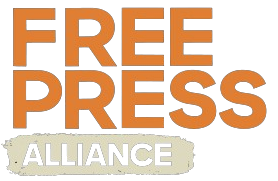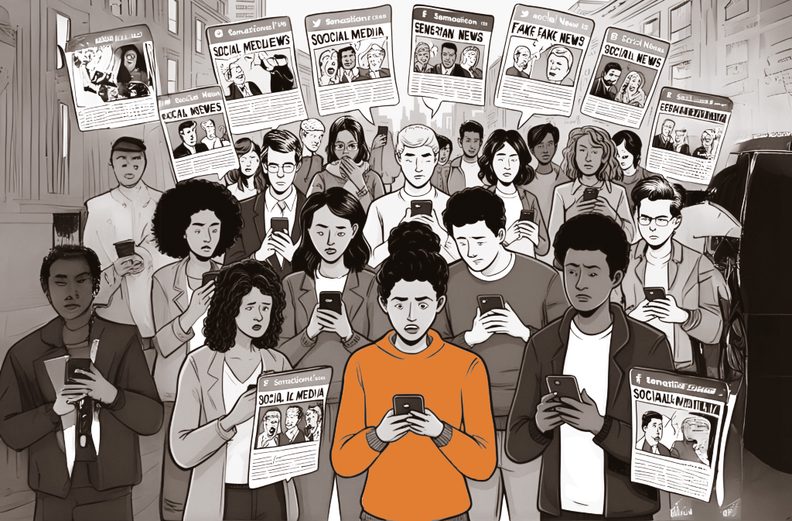In today’s digital landscape, social media has become a primary source of information. Many people, especially younger generations, turn to platforms like TikTok, Instagram and X (formerly Twitter) to stay updated on global events. However, these same platforms are also powerful vehicles for misinformation. The sheer volume of content makes it increasingly difficult to distinguish what is true from what is false.
Why Social Media Fuels Misinformation
- Speed and Virality
Unlike traditional news outlets, social media allows information to go viral within minutes. Algorithms prioritize content that drives engagement often sensational, emotionally charged, or polarizing post regardless of its accuracy. A 2018 study by the MIT Media Lab found that false news spreads significantly faster than true stories on Twitter. - Lack of Gatekeeping
Traditional media follows editorial standards and fact-checking protocols. Social media, on the other hand, removes these filters, allowing anyone to publish and share content instantly. While this democratization of information has its benefits, it also leads to a flood of unverified, and sometimes deliberately false information. A report by the Reuters Institute highlights how users struggle to differentiate between reliable and unreliable sources online. - Echo Chambers and Filter Bubbles
Algorithms tailor content to individual preferences, reinforcing users existing beliefs. This personalization often results in echo chambers, where misinformation is less likely to be questioned and more likely to be accepted as truth. According to a study by the American Psychological Association, filter bubbles contribute to political polarization and the spread of misinformation. The growing prevalence of AI-generated content further complicates this dynamic, making it harder to tell fact from fiction. - Anonymity and Bots
Fake news spreads rapidly through anonymous accounts and automated bots that share misleading or false content. Research from Carnegie Mellon University revealed that a large portion of COVID-19 misinformation on Twitter came from bots rather than humans.
Real-World Impacts
Fake news on social media has tangible and often dangerous consequences. It can influence elections, incite violence, derail public health initiatives, and erode trust in journalism. From conspiracy theories about COVID-19 vaccines to fabricated political scandals, the stakes are alarmingly high. The World Health Organization even coined the term infodemic to describe the overabundance of information some accurate, much not that makes it hard for people to find trustworthy guidance during crises.
What Journalists Can Do
- Debunk in Real Time
Journalists should actively use social media to fact-check and provide context to trending misinformation. A tool like First Draft can help monitor viral content. - Promote Media Literacy
Educating audiences on how to evaluate sources and recognize fake news is crucial. Initiatives like News Literacy Project provide great resources for both educators and the public. - Collaborate with Fact-Checkers
Partnering with independent fact-checking organizations like PolitiFact or Snopes can amplify corrections and reach broader audiences. - Advocate for Platform Accountability
Push for greater transparency in how platforms moderate content and shape users’ news feeds. Organizations like AlgorithmWatch and reports from Digital Rights Watch highlight the need for ethical and responsible algorithmic governance.

